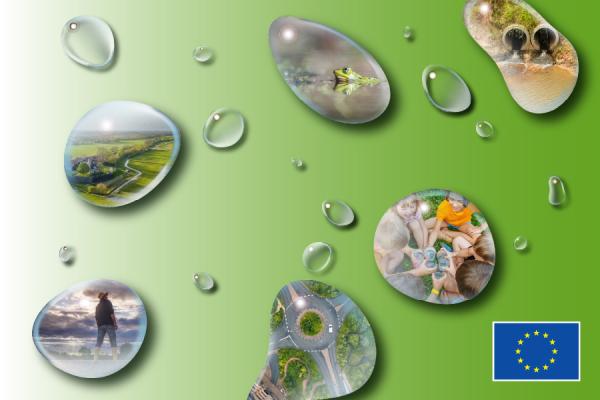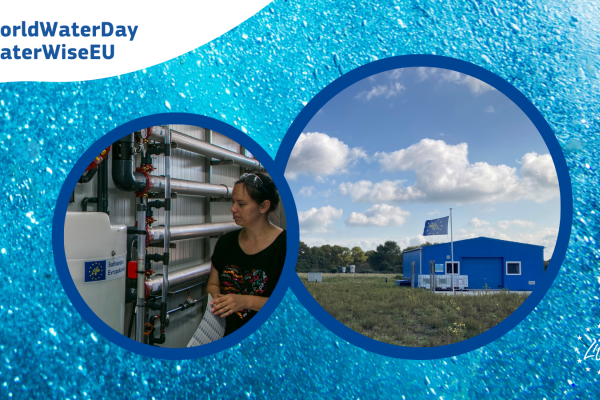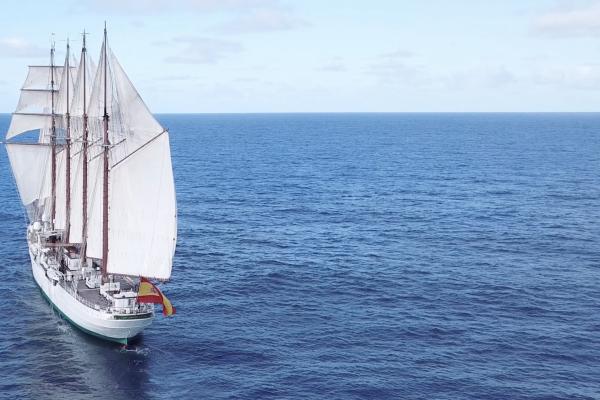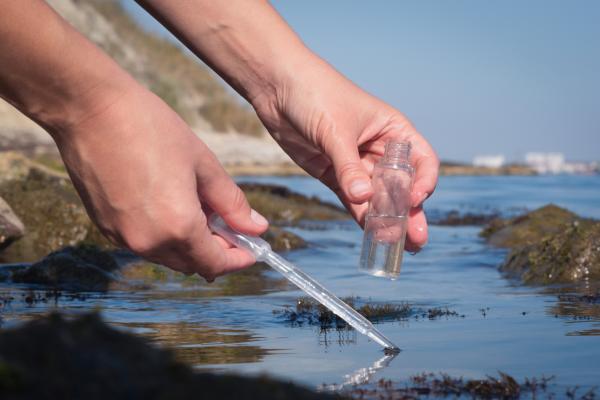Overview
High quality, safe and sufficient drinking water is essential for public health and well-being. Besides consumption, we also use it for many other purposes, such as washing, cleaning, hygiene, or watering our plants.
Most people living in the EU already enjoy very good access to high quality drinking water, thanks in part to over 30 years of EU policy on drinking water quality. This policy ensures that water intended for human consumption can be consumed safely, leading to a high level of health protection.
Objectives
The main pillars of EU drinking water policy are to
- protect human health by ensuring the quality of water intended for human consumption
- ensure that drinking water quality is controlled through standards based on the latest scientific evidence
- secure efficient and effective monitoring, assessment and enforcement of drinking water quality
- provide Europeans with adequate, timely and appropriately information
- and to improve access to water intended for human consumption
Law
The recast Drinking Water Directive (DWD) is the EU’s main law on drinking water. It concerns the access to and the quality of water intended for human consumption to protect human health. The recast is a response by the Commission to the European Citizens' Initiative 'Right2Water'. The Commission evaluated the Drinking Water Directive launching an EU-wide public consultation on the quality of drinking water in order to assess the need for improvements and how they could be achieved. Following this consultation and in line with the principles of the new European pillar of social rights, the proposal includes an obligation for EU countries to improve access to safe drinking water for all, in particular for vulnerable and marginalised groups.
The EU adopted the recast Drinking Water Directive in December 2020 and the Directive entered into force in January 2021. Member States have to transpose the Directive into national law and comply with its provisions by 12 January 2023. The recast Drinking Water Directive will further protect human health thanks to updated water quality standards, tackling pollutants of concern, such as endocrine disruptors and microplastics, and leading to even cleaner water from the tap for all.
The Directive applies to
- all water, either in its original state or after treatment, intended for drinking, cooking, food preparation or other domestic purposes in both public and private premises, regardless of its origin and whether it is supplied from a distribution network, supplied from a tanker or put into bottles or containers, including spring waters;all water used in any food business for manufacturing, processing, preserving or marketing of products or substances intended for human consumption.
Key features of the revised Directive are:
- reinforced water quality standards, in line or, in some cases, even more stringent than the World Health Organisation (WHO) recommendations
- tackling emerging pollutants, such as endocrine disruptors and PFAs, as well as microplastics
- a preventive approach favouring actions to reduce pollution at source by introducing the risk-based approach
- measures to ensure better access to water, particularly for vulnerable and marginalised groups
- measures to promote tap water, including in public spaces and restaurants, to reduce (plastic) bottle consumption
- harmonisation of the quality standards for materials and products in contact with water
- measures to reduce water leakages and to increase transparency of the sector
Drinking water watch list
On 19 January 2022, the first watch list was adopted. This means that drinking water across the EU will have to be monitored more closely for the potential presence of two endocrine disrupting compounds (beta-estradiol and nonylphenol) throughout the whole water supply chain. Endocrine disrupting compounds are a mixed group of chemicals of varying structure that can interfere with physiological and biochemical processes in the human body.
Minimum hygiene requirements for materials that come into contact with water intended for human consumption (recast DWD Article 11)
The Commission adopted minimum hygiene standards on 23 January 2024 for materials and products that come into contact with drinking water by means of three Implementing Decisions and three Delegated Regulations. These are available in all language versions. Following the Commission’s adoption, the European Parliament and Council were notified of the three Delegated Regulations, after which a scrutiny period of two months begins. All these acts will be published in the EU's Official Journal at the end of this scrutiny period.
They will apply from 31 December 2026 to materials and products used in new installations or when older ones are renovated or repaired. These standards will prevent microbial growth and reduce the risk of harmful substances leaching into drinking water.
They will also apply to materials and products intended to be used in new installations for the abstraction, treatment, storage or distribution of water, or for repair works, including supply pipes, valves, pumps, water meters, fittings and taps. This will make water safer to drink and will reduce the administrative burden for companies that produce the relevant materials and products, as well as for national authorities.
Products that comply with these EU standards will receive an EU declaration of conformity and an EU specific marking. The product can therefore be sold across the EU without any restrictions linked to possible public health or environmental concerns.
Methodology to measure microplastics
On 11 March 2024 the Commission adopted a Delegated Decision on a methodology to measure microplastics in water intended for human consumption (available in all languages). This methodology will allow Member States to measure microplastics in drinking water in a harmonised way. Until now many different methods for measuring microplastics in drinking water have been used making it very difficult to compare and interpret monitoring results. The establishment of an EU harmonised methodology by the Commission will support Member States in gaining knowledge about the presence of microplastics in their water supply chain.
Reporting
Member States have to set up data sets on
- the quality of water intended for human consumption and update them annually
- information related to the risk assessment and risk management of the catchment areas for abstraction points and to the risk assessment of domestic distribution systems and update them every six years
- information on measures taken to improve access to and promote the use of water intended for human consumption and update them every six years
Member States have to ensure that the Commission, the EEA and the European Centre for Disease Prevention and Control have access to these data sets. The EEA shall publish and update a Union-wide overview on the basis of the data collected by the Member States on a regular basis or upon request from the Commission.
Derogations
In justified circumstances, Member States may provide for derogations. this means they will set a less stringent value than the parametric value set out in Part B of Annex I of the recast Drinking Water Directive, up to a maximum value to be determined by them. Such derogations should not constitute a potential danger to human health and the supply of water intended for human consumption in the area concerned cannot be maintained by any other reasonable means.
Related links
Related laws: Water Framework Directive, Environmental Quality Standards Directive, Groundwater Directive, Marine Strategy Framework Directive ,Urban Waste Water Treatment Directive
Related strategies: Circular economy action plan, Zero pollution action plan
Related Commission priorities: European Green Deal






